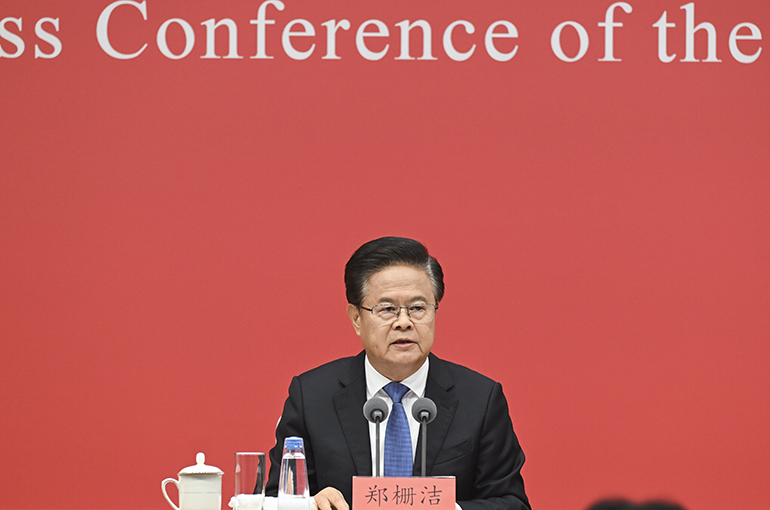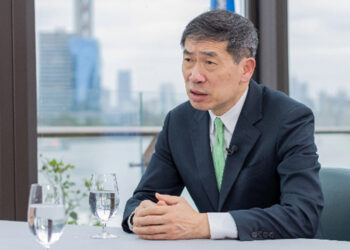Select Language:
China’s initiative to modernize its traditional industries is projected to generate approximately 10 trillion yuan ($1.4 trillion USD) in new market opportunities within the next five years. This effort aims to significantly stimulate economic growth and enhance living standards across the country, according to the country’s leading economic planning agency.
The guidelines outlined by the Communist Party for the 15th Five-Year Plan emphasize that from 2026 to 2030, the focus will be on developing a modernized industrial system and strengthening the foundational elements of the real economy. These directives were approved during the recent plenary session of the Central Committee held in Beijing from October 20 to 23.
The plan advocates for the advancement of crucial industries and aims to improve global competitiveness in sectors like chemicals, machinery, and shipbuilding. It also promotes the development of specialized clusters in advanced manufacturing, which are anticipated to add around 10 trillion yuan to the market over the next five years.
Moreover, the strategy involves establishing new core industries and accelerating growth in emerging fields such as renewable energy, new materials, aerospace, and low-altitude economy sectors. These emerging markets could potentially reach trillions of yuan, amounts that could surpass hundreds of billions of US dollars or more.
The blueprint also promotes proactive planning for cutting-edge technologies including quantum computing, bio-manufacturing, hydrogen energy, nuclear fusion, brain-computer interfaces, artificial intelligence with embodiment, and sixth-generation mobile communication. Developing these sectors is expected to serve as key drivers of future economic expansion.
Over the next decade, growth in these high-tech industries could equate to creating a new wave of high-tech advancement within the country. Additionally, boosting domestic demand remains a strategic priority, with plans to introduce targeted initiatives that increase consumption, upgrade goods, and expand service spending.
To support these goals, China will ensure steady growth in investment, optimize the distribution of government funds, enhance investments in sectors that improve people’s quality of life, and tighten oversight of public spending to strengthen its role in stimulating economic activity.






